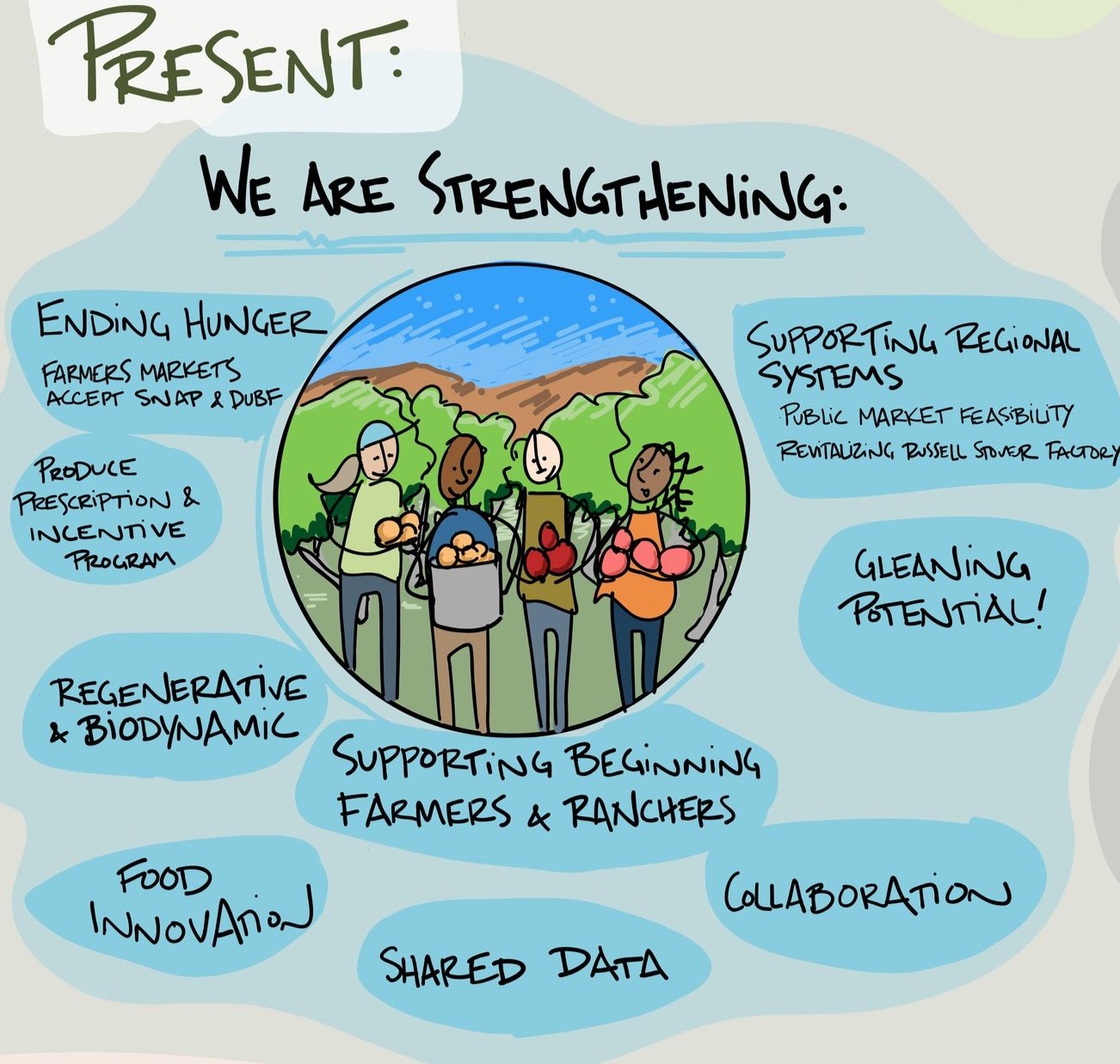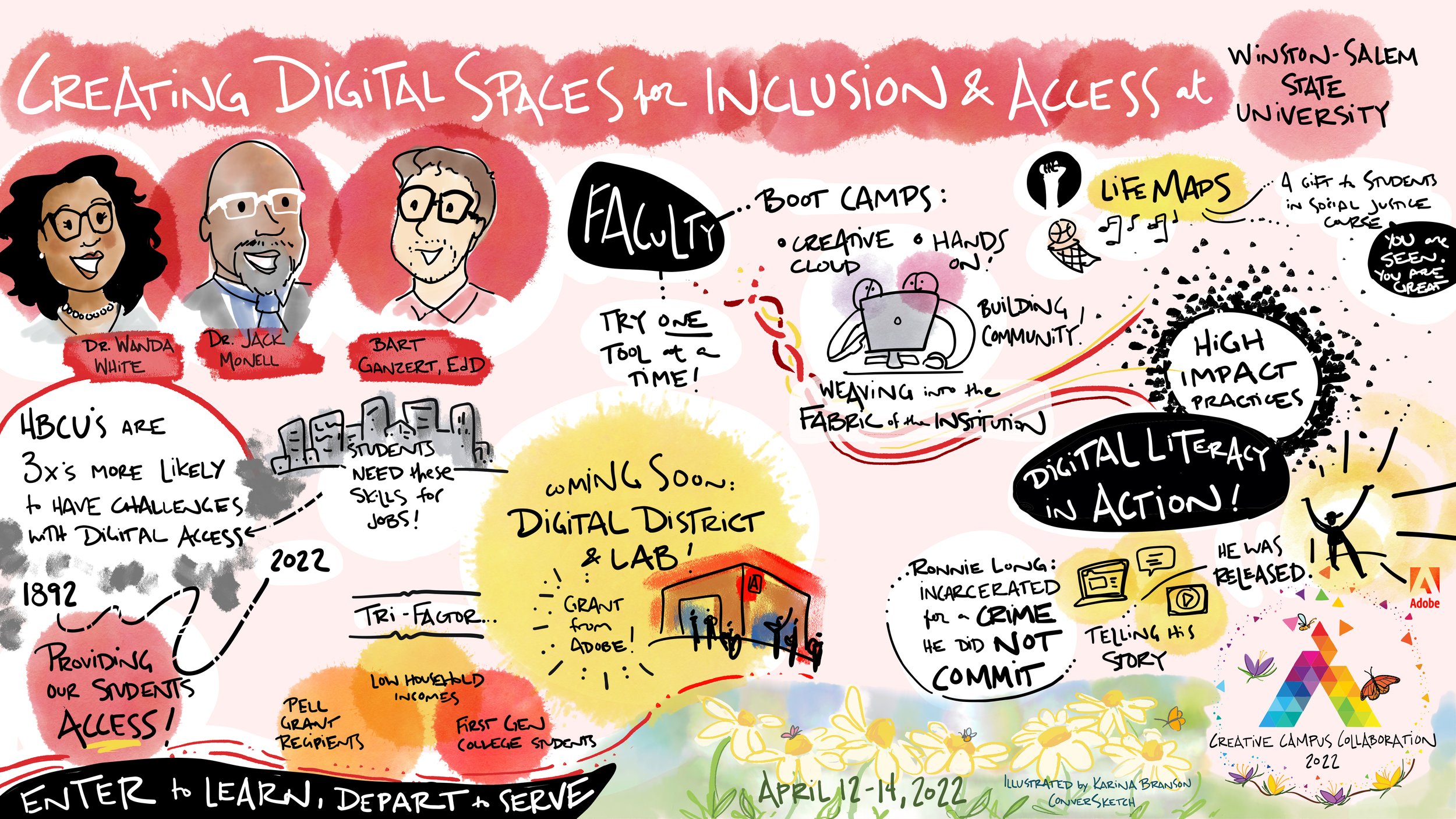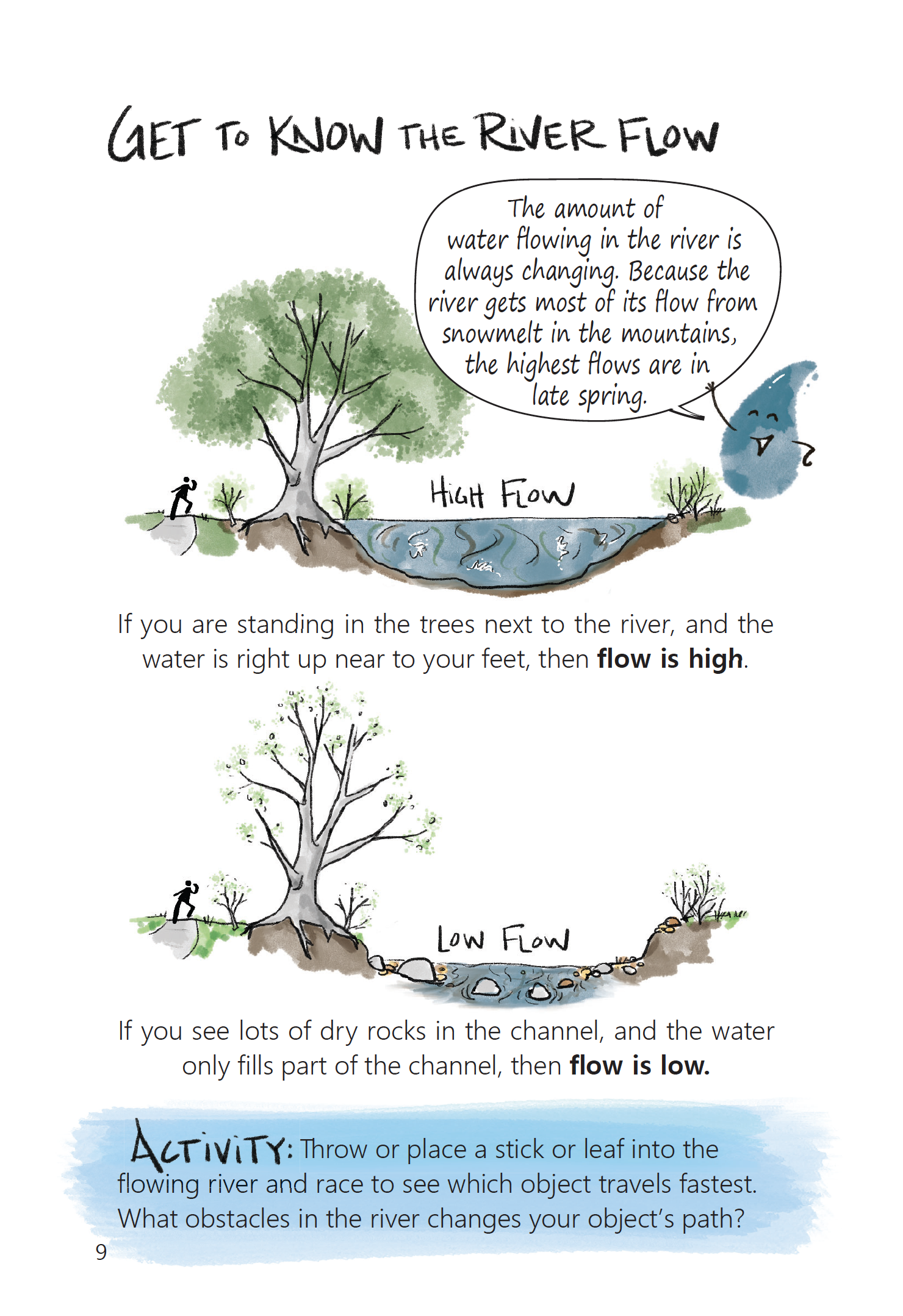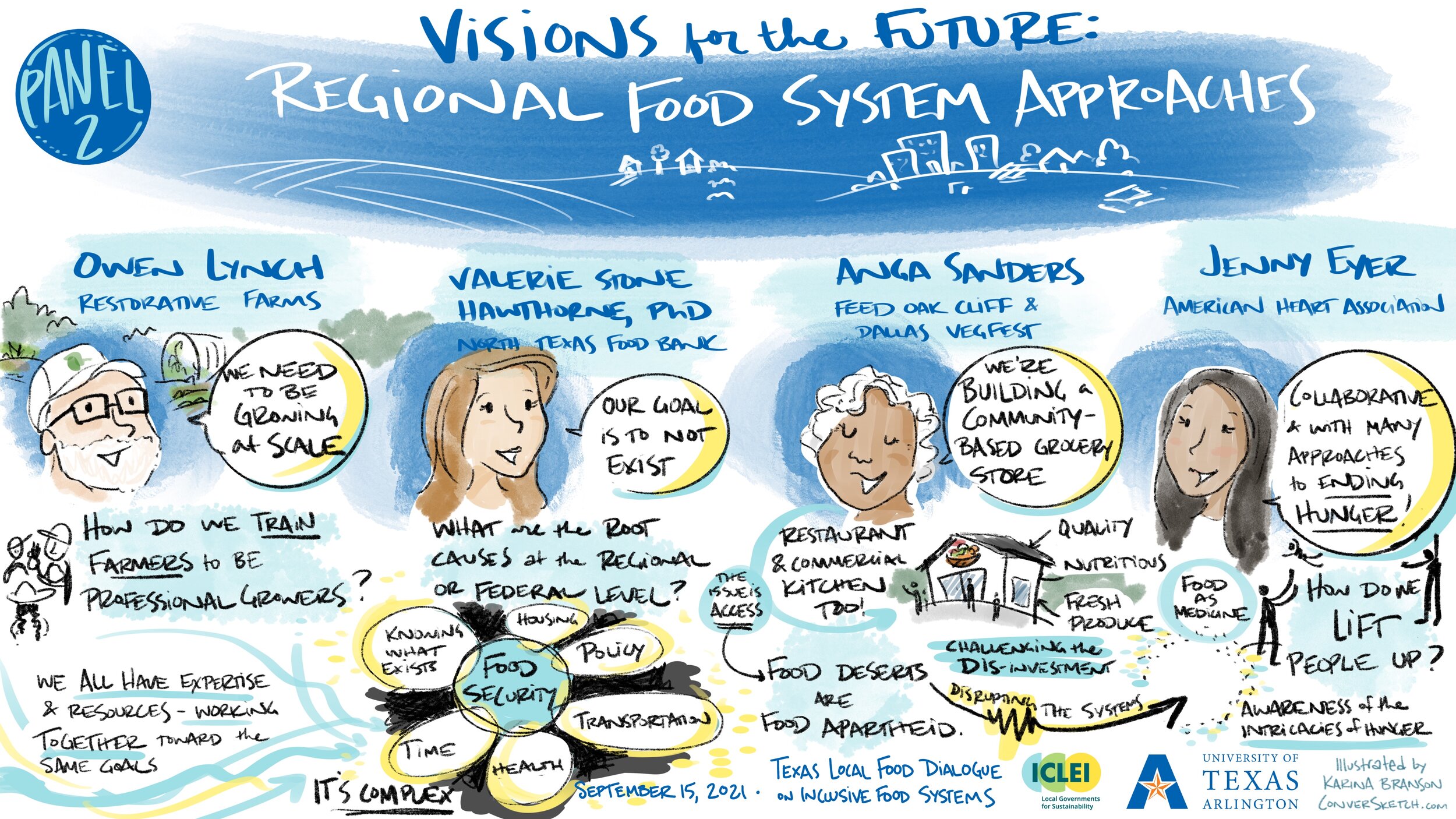ConverSketch is twelve!
Thank you for being the reason for many years of discovery, creativity, fun, and making meaning together. Am I proud of what we’ve done together? You bet I am!
If you asked me when I picked up my first chisel tip marker where I thought this would take me, I probably would have said something like “I don’t know, but this just feels like what I’m supposed to be doing.”
Through creativity, strategy, and deep listening, we've co-created to bring your visions to life and spark new possibilities. Each project has been a unique opportunity to learn, stretch our minds, and explore diverse perspectives.
Here's to another twelve years (and beyond!) of cultivating imaginative solutions and drawing your meaningful ideas together.
Thank you for your collaboration, humor, and what you do to make the world a better place.
Cheers,
Where in the World is ConverSketch?
Virtual Global Driving K-12 Innovation Summit: Working with Laura at PumpkinBerry Consulting is always a delight, and collaborating on this Summit was no different. Our job was to bring educators and IT professionals together across the US and world to hold space for connection, creative problem-solving, and celebrating the work they do every day.
Sunrise, Florida: I joined the City of Sunrise to digitally graphically facilitate the community’s vision for the future of their city. I visualized what was most important to community members including parks, recreation, good government, safety, and multiple transportation options. After hearing more via surveys, the County Commissioners will add their ideas too!
Colorado State University: As part of a larger retreat for the Climate Adaptation and Management Planning Program, I graphically facilitated a visioning session with the Center for Environmental Management of Military Lands (CEMML). These folks are passionate about our planet and wildly smart – it was a treat to be in the room with them.










































